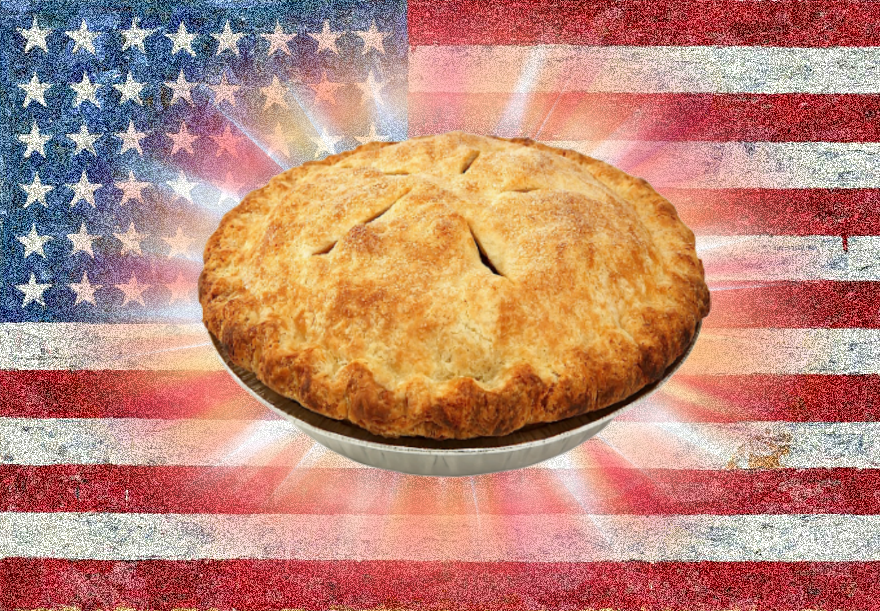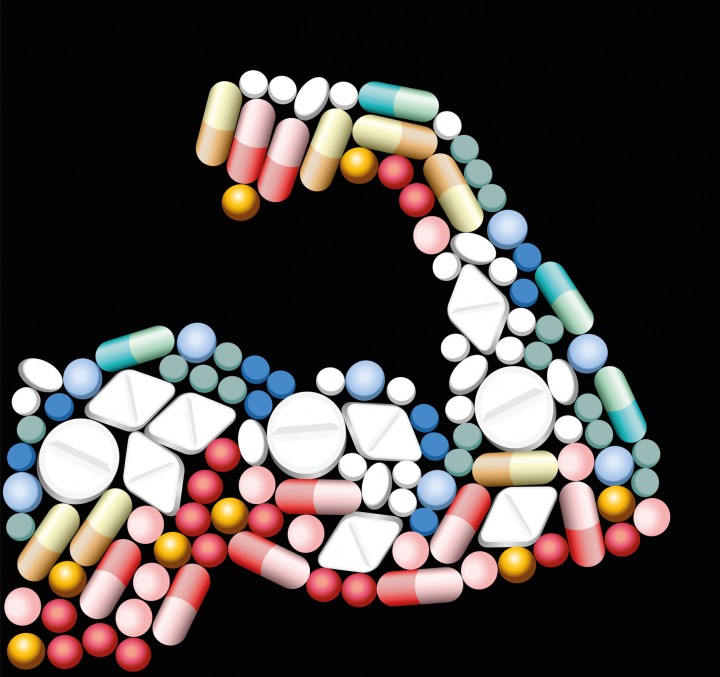
Over the course of the last few decades, professional sports have gone from an American Pastime to a World-Wide Entertainment Industry (DaDaDa, DaDaDa). Revenue is up, Records are routinely broke and wining at all cost has led to the unfortunate call for asterisks to be placed next to some of sports’ greatest of all time.
After the fold , @BobMorris and Myself (@KushLash) have teamed up for some bye week-esque journalism. Together, we peel back the layers of the professional sports entertainment industry and show you what role performance enhancing drugs really has played in our community’s favorite pastime: Professional Football

@BobMorris: A few months ago, Patrick Hruby wrote about The Case for Ending the Sports War on Doping (The Drugs Won: The Case for Ending the Sports War on Doping | VICE Sports). It was an interesting take on what Hruby argues has been a failed effort to get performance enhancing drugs out of sports. The NFL is no stranger to this issue; back in the late 1980s, after former Denver Bronco defensive end Lyle Alzado was diagnosed with brain cancer, he blamed it on steroid abuse. Around that time came the push to start testing football players for steroids and other PEDs. Alzado’s admission came around the time there were issues with PED usage and abuse in the Olympics, too. And while the NFL hasn’t been scrutinized as much in recent years (the ordeal over concussions has arguably drawn focus away), it may be worth asking if the NFL has also been fighting a losing battle, or at the very least, fighting the battle against PEDs the wrong way.
@KushLash: After the turn of the century, I briefly played for arguably the worst Division 1 AA College football team in America. Regardless of wins and losses, as a former ‘All City’ athlete in high school, I expected the level of completion to mirror that of a jump from junior varsity to varsity play. Boy was I wrong; the ‘jump’ was more like a hundred foot tall hurdle.
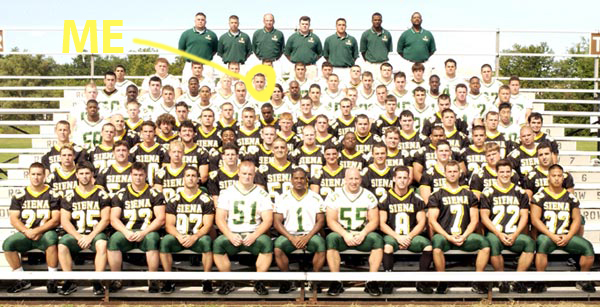
At this level, athletes were bigger, faster, stronger and much, much smarter. Did I say faster? Even at this level (which is equivalent to today’s FCS), athletes were running a sub-4.4, 40 yard dash, benching 225 pounds at over 30 reps and pulling guards (we ran an Air Force style offense) weighed over 300 pounds.
I suppose this happens when ‘student athletes’ work more than 40 hours a week perfecting a craft, however, as I would come to learn, the degree of separation between 1AA athletics/athletes and your BCS contenders was and still is rooted in two major factors: Money and PEDs.
@BobMorris: I think Blake’s remark is worth noting, because even though we have seen some advances in training and fitness that allow athletes to become better at what they do, we have seen as many advances with drugs and supplements, some which became illegal to use after their development. It’s obviously a big business and the companies who manufacture PEDs have shown little to no interest in stopping their practices. We see new versions of supplements hitting the shelves, some which the World Anti-Doping Agency (WADA) has made illegal even though the average Joe can purchase them over the counter for whatever reason. Of course, what everybody focuses on are the drugs that are illegal to use without a prescription. Blake, do you have an example of what you observed regarding PED usage?
@KushLash: All Division 1 athletics have strength and conditioning programs. Some blue chip programs may have a team of paid experts devoted just to the basketball or football team while others may have one part time employee responsible for an entire athletic department.
The program I was pseudo-employed for had a full time athletic strength and conditioning employee who ran our in-season and off-season workout regiments. His role was to help athletes stay healthy, gain weight, increase strength and most importantly, avoid NCAA violations. In his words, if “you’re going to use, don’t be an idiot and use it right”.
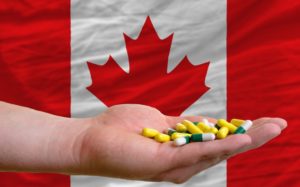
PED use at this level wasn’t your weight room back alley purchase and inject in your rear using questionable needles. Rather, this was online Canadian ordered prescriptions with free shipping. These were your visits to a doctor who would prescribe you what you were after if you pushed with just enough charm. And, if you define PED’s with a broad enough stroke, these were your over the counter purchases at GNC.
Just how prevalent is PED use? In my very brief yet enlightening experience, EVERY teammate I worked out with or ate meals with used some form of supplemental performance enhancement. Not everyone ordered Canadian drugs online, not everyone violated NCAA rules, but there were no exceptions made when it came to in-season and off-season strength and conditioning goals. Especially with athletes on the fringe trying to make weight or keep weight on. If you couldn’t make weight two weeks in a row, here is an extra doughnut to eat the coach and trainer wants to see you after film study.
Message received loud and clear, though we are talking about a small time program whose highlight during the season is when one of our blowout losses makes the ESPN ticker on the bottom of your screen. Now magnify this to the 1% level (ESPN Report: Steroids Loom Large in Major College Football).
Bob’s right, not only is the manufacturing of PEDs big business, but their demand has NEVER gone away, regardless of the futile and complete failure of sport governing bodies attempts to “clean up” their entertainment industry.
@BobMorris: I have witnessed certain specialized training methods, though not to the extent Blake has. However, I do know about a training regime that was offered to high school athletes, which the athletes called “speed training.” It involved resistance training, the usage of a high-speed treadmill and other methods developed through kinesiology studies. But one thing I remember the trainer who talked to athletes during a presentation at the center he opened was that this training was rigorous and athletes were likely to throw up when all was said and done.
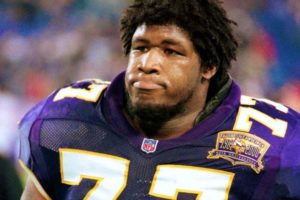
You can imagine that athletes can get embarrassed if they vomit after a workout or during a practice. Case in point in the NFL was Korey Stringer, the former Minnesota Vikings player who was photographed throwing up after a practice. The next day, he pushed himself too hard, collapsed and later died. Now, while his case related to dehydration, the point is no athlete wants to feel embarrassed after a workout, even if they aren’t photographed. So you can imagine some athletes would feel pressure to use PEDs so they can “keep up” with the training regimes they have to follow.
And then there were the times when I witnessed a few track athletes sharing an energy drink among themselves, under the assumption that it would get them focused for an event. Energy drinks, of course, contain caffeine. And WADA once listed caffeine as a banned substance. I can imagine WADA heard the whispers about athletes taking large doses of caffeine in hopes it would enhance their performances, prompting WADA to consider it a banned substance. I think most people found that stance to be ridiculous. After all, are we really going to tell athletes they can’t even have a cup of coffee in the morning?
And there have been plenty of instances of drugs that are intended to help people with certain ailments, but get used by athletes to enhance performance. For example, erythropoietin, more commonly known as EPO, was developed to help treat patients with anemia. But in 2007, the NFL added EPO to its banned substances list. One guess as to why. And back in 2008, the NFL banned six players, including former Saints running back Deuce McAllister, for taking bumetanide. That’s a diuretic which is designed to treat heart failure, and may sometimes be used for weight loss, but is on the NFL’s list of banned substances because of its potential use as a masking agent.
In short, there are plenty of drugs out there that can be used for legitimate purposes, but could be tempting for athletes to use to enhance performance. Or, in some cases, an athlete might have a legitimate reason for using the drug, but could be restrained or prevented from doing so given the organization’s guidelines. It’s enough to make you wonder how far we need to go in dictating to athletes what they can and can’t take.
@KushLash: After a full in-season workout regime, thirty pounds of healthy and probably NCAA violating weight gain, I returned to campus to discover that my dreams of playing linebacker for the Denver Broncos were going to be cut short. Having cost the college nearly a half a million dollars annually and returning very little in profit (did I mention we sucked?), the college board of trustees elected to ‘discontinue’ the football program over the holiday break. Something, it turns out, that is more common than you’d think.
My pseudo-employer offered a generous severance package: I could keep my partial scholarship throughout the Spring Semester. Then, I was on my own. They did offer a guidance counselor to help us process mid-semester transfer applications if we were interested in leaving the campus. Unfortunately, it also turns out that coaches at other programs you turned down don’t really want much to do with you unless you are named Maurice Clarett. It is kind of like asking a girl to the prom when she already knows she was your second choice.

College athletics are a business. Professional sports are a business. The NCAA and the NFL alone are almost a combined $20 billion a year industry. There is a direct correlation with bigger, faster, stronger athletes and bigger faster, profit margins. These industries have no incentive to truly police PED use. And given the prevalence of their use, the lack of true governing body authority, and the obvious scientific benefit to their use, why do we even care if our paid (or unpaid) professionals use performance enhancing drugs? Is it really cheating when this many athletes are doping and the so called regulators are turning a blind eye? Can integrity truly exist in a profession driven solely for and by profit margins?
@BobMorris: The fact that sports organizations love to see athletes set new records, yet don’t want them to use performance enhancers, can send a mixed message. While I am aware of training methods that don’t require one to inject drugs into their bodies, there are limits to how far you can push the body, so there should be limits to the likelihood of athletes being able to break records.

I get that setting records draws viewer interest. I get that home runs sell tickets in baseball, touchdowns sell tickets in football, etc. But how high of a price are we willing to pay for that? For those who prefer to see athletes use natural training methods (whatever they believe those to be) but can’t get enough of records and big numbers, what happens if the evidence shows that there’s no way to keep setting records or putting up bigger numbers without some type of drug? How high a price are you, the fan, willing to pay to see all that excitement that goes with a new record being set?
And, as Blake refers to, sports are driven to make money. The temptation to make money is always going to cause sports organizations to trip over themselves to praise athletes who break records, unless those athletes are revealed to have injected themselves with drugs, at which point the organizations are quick to reprimand them and cast them aside, only to go right back to singing the praises of the next athlete to do it. It’s as if they never ask the question, “How do we know this latest athlete isn’t doing things that aren’t considered fair play?”
@KushLash: During my time as a quasi-professional athlete, I thought it was pretty crazy that a paid administrator would offer advice on proper doping and steroid cycling measures. However, now it seems like one of the most ingenious moves any program can make is to teach fringe athletes the proper and safe way to train with supplemental “drugs” (though don’t give my former Alma matter that much credit, this particular trainer only stayed employed with the institution as longs as it took his wife to complete her free undergraduate degree).
Ultimately, whether in the NFL or NCAA, there is only a very small window of opportunity for athletes to blossom into competitive shape. Even then, you only have a few opportunities to parade that group athletes onto a field and string together enough wins and revenue to stay employed. With only a few years to raise livestock to their peek maturation, it behooves you to take advantage of any and all competitive resources.
I know, but what about the fairness of the game? Kudos to the Telegraph for answering this question for me. To paraphrase, there has never been and there will never be fairness in professional competition.
“Almost every serious sporting contest on earth is now decided at least in part by the participants’ resources, their access to the best training, the best nutrition, the best technology and the best support.”
Why have the Yankees won 36% of all the World Series? Why is the US ranked 1st in the world-wide Olympic medal count? There is a direct correlation between access to resources and profit, I mean winning. No, I mean profit (that line is pretty blurry). Those resources include doping.
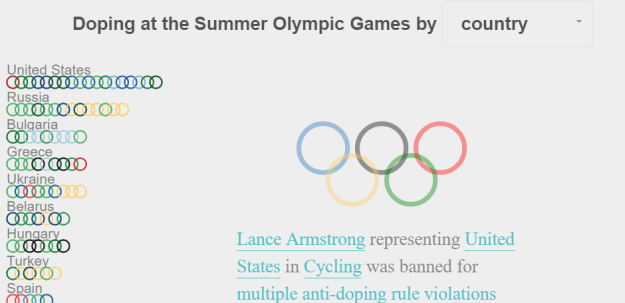
The two biggest arguments against doping have always been safety (though Bob and I have both argued this as now being much less of a concern since performance enhancing drugs are commonly used for rehabilitation in many forms of western medicine) and sport integrity.
Researchers from Harvard and Marquette have tackled the latter:
“Unsurprisingly, the fight against corruption of any kind in sports cannot be successful as long as the underlying institutions suffer from the same disease.”
“Corruption through gambling and PEDs is challenging the fundamental underpinnings of sporting integrity.”
Ah gambling. The real underpin of Americas frustration with “cheaters” in sports. You thought the revenue was big from the professional sports entertainment industry, gambling takes the cake with a T for Trillion$.
So what do you do? How do you improve this without stumbling over the industry’s current stare decisis (kudos @Nick for making me Google the term) and still maintain profit margins?
Two solutions:
Do absolutely nothing. Right now we are having our cake and eating it too and the concerns for the integrity of the sport have done nothing but keep the sport in the media and in some cases have even increased revenue (i.e. MLB Steroid Era). This status quo approach is the most probable direction owners and regulators will take and is the path of the least resistance.
Do something. Completely decriminalize the practice. Regulate the practice. Create a “World Pro Doping Agency”. This sort of progressive approach runs a risk of unknown market trends. What will the consumer do if doping in their favorite sport is actually legal instead of pretend-to-be-illegal? The fear of the bottom line uncertainty makes this approach much less likely.
Above all, I think the best approach is for the consumer to become better informed of the product they actually consume. When you peel back the layers of the conglomerate professional sports entertainment industry, it allows you to temper your expectations and really view them as a product for what they are; entertainment. When we collectively use this industry to dictate or guide our own moral compass, we inevitable set ourselves up for disappointment and failure.
Besides, taking advantage of an advantage is as American as apple pie and unregulated capitalism. If we are going to continue to have our cake and eat it too, then enough with the Scarlet Letters, off with his head witch hunts and call for asterisks.
